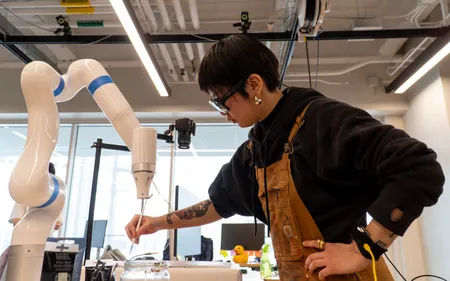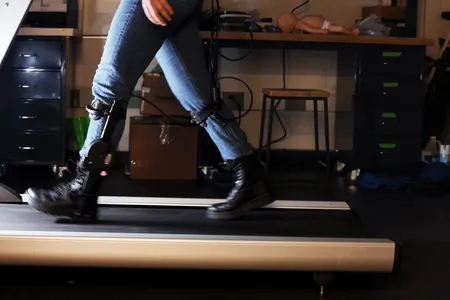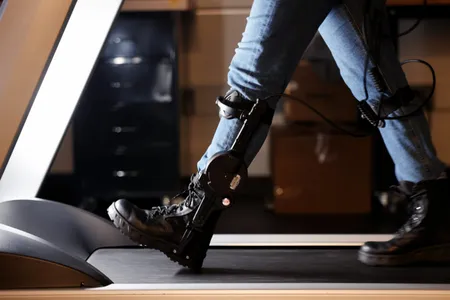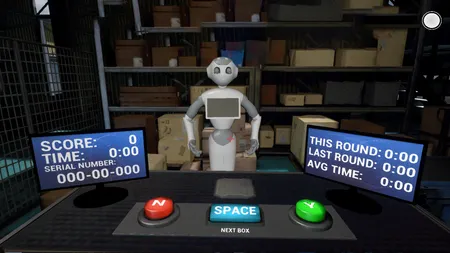Improving the way humans and machines work together can help democratize robotics. With techniques such as imitation learning, artificial intelligence and computer modeling, robots will more readily adapt to new human users, regardless of their expertise — even as the robots adapt to new tasks, situations, and environments. Whether it is a factory supervisor who need a product change, or a homebound stroke victim who uses a drone to inspect his garden and his rooftop solar panels, the right interface can put the power of robotics in the hands of regular people.
This type of human-robot collaboration—the key to making robotics effective in solving countless real-world challenges—involves three overlapping areas of research. One is cognitive — how humans process information. Another deals with emotion and perception, or how people share and interpret information and learn to trust. And the last consists of building the hardware.
In the 1950s and 1960s, computers were large mainframe computers that only experts knew how to use. The personal computer era emerged in the 1980s and 1990s. At that point, the expanding ways people used computers began to have societal implications. With the advent of video games, for instance, people who had been passive viewers began to interact with the images on their TVs. Society now stands at the brink of another new era. In this one, the increasing use of robots will change the way people live and think, just as personal computers did.
Michigan researchers view collaborations with robots as a logical way to expand the productivity of humans in virtually any field of endeavor, from manufacturing and agriculture, to healthcare and space exploration. In space, for instance, astronauts will need small robotic satellites to handle many of the inspection and repair duties outside the spacecraft, where radiation exposure is harmful. How will astronauts effectively communicate with these semi-autonomous robotic inspectors outside the spacecraft? The better the collaboration, the better job the robots will do at keeping the astronauts safe, and letting the humans focus their efforts on higher-level science.






